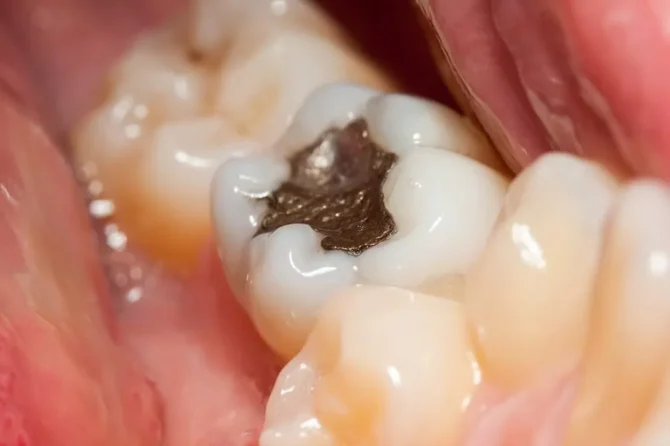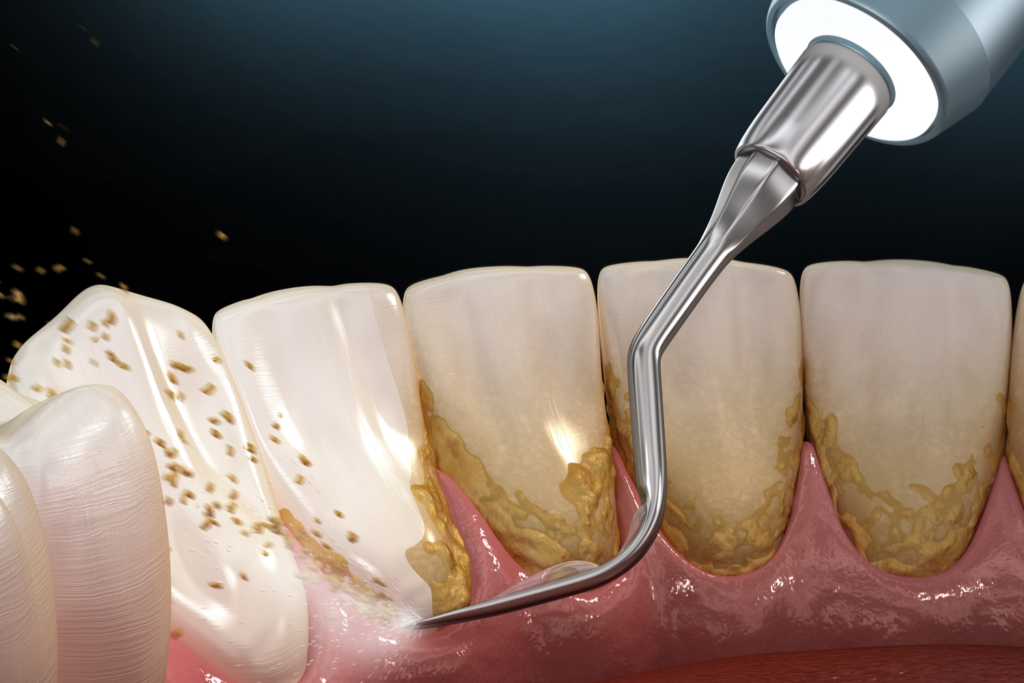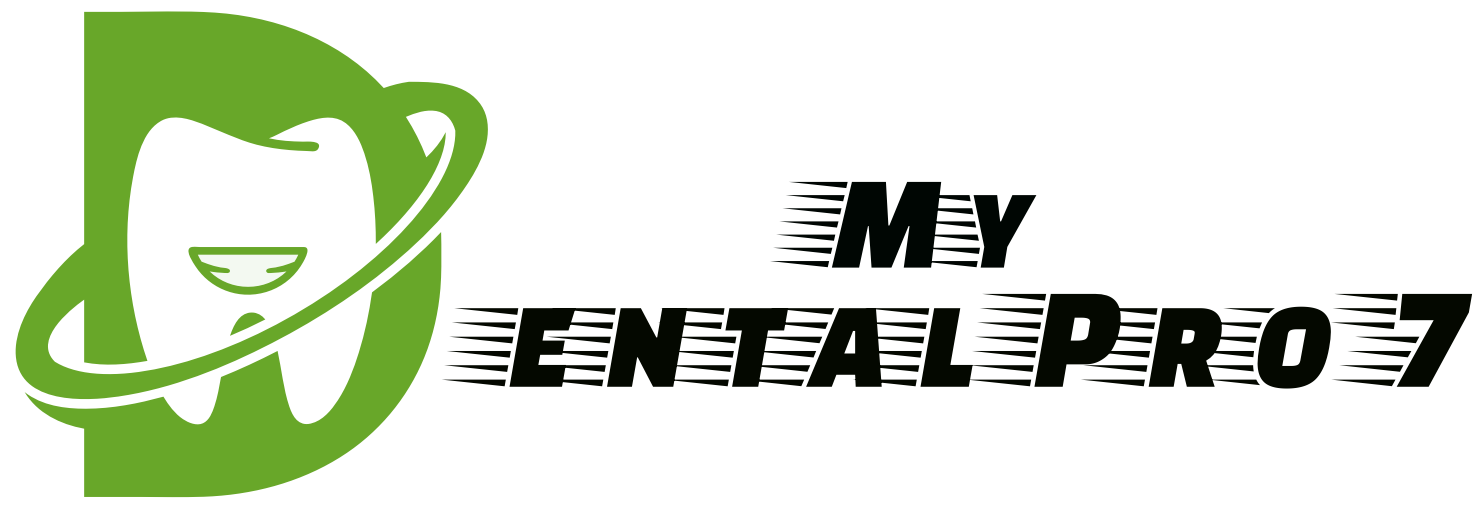
Tips for Oral Hygiene: How to Keep Plaque Removal Toothpaste Away Forever
Introduction to Plaque Removal Toothpaste
Plaque is a type of sticky film that is comprised of bacteria, food particles, and other debris that collects on the teeth. When plaque accumulates, it can cause dental problems like cavities, gingivitis, and bad breath. It is important to remove plaque on a regular basis to maintain good oral hygiene and overall health. This guide will cover everything you need to know about plaque remover toothpaste, including the different types available, natural ingredients that help remove plaque, professional treatments, best brushing and flossing practices, over-the-counter products, tips for good oral hygiene, side effects and more. With this information, you will be able to make a more informed decision when choosing a product or procedure to help remove plaque and keep your teeth and gums healthy. Plaque removal toothpastes come in a variety of forms, and it’s important to understand the benefits and drawbacks of each type. The most common types of plaque remover toothpastes include:
- Standard Toothpaste: This form of toothpaste is the type most likely found in your local grocery store. While it does not contain any special ingredients for removing plaque specifically, it does help clean and whiten teeth.
- Whitening Toothpaste: Whitening toothpaste contains special bleaching agents that help to remove surface stains on teeth and lighten them. It can also help to reduce the amount of plaque, but results may not be as visible.
- Anti-Plaque Toothpaste: Anti-plaque toothpaste usually contains ingredients that are specifically designed to fight plaque. This includes ingredients such as pyrophosphates, triclosan, zinc citrate and sodium hexametaphosphate.
All three types of plaque removal toothpaste have their own benefits and drawbacks. Standard toothpaste is great for everyday use and will help keep your mouth clean. Whitening toothpaste is ideal for those who want to remove surface stains and promote a whiter smile. Finally, anti-plaque toothpaste can help in the fight against plaque, however, it may not be as effective as professional treatments. Natural ingredients can provide an effective, safe and inexpensive solution to getting rid of plaque. Many products on the market contain natural ingredients, such as baking soda, hydrogen peroxide and essential oils, that can help reduce plaque build-up. Baking soda is a mild abrasive, meaning it can remove plaque from the surface of your teeth. It can also help neutralize acids in your mouth that cause cavities. Hydrogen peroxide is an effective disinfectant and can help reduce bacteria that can contribute to plaque. Essential oils, such as tea tree oil, have antibacterial properties and can fight plaque-causing bacteria. For best results, brush your teeth with baking soda, hydrogen peroxide or an essential oil-infused toothpaste twice daily. Make sure to combine brushing with flossing regularly and use a soft bristled toothbrush. Additionally, try to limit sugary snacks and drinks as they can encourage plaque buildup.
Professional Plaque Removal Treatments
Sometimes plaque can become too deep and difficult to remove with regular brushing, flossing and over-the-counter products. In these cases, a professional dental treatment may be necessary. There are two popular methods for removing plaque: scaling and root planning.
Scaling
Scaling involves a dentist using a scaler, an ultrasonic device, or hand instruments to remove the plaque below and above the gum line. This method is effective at getting rid of the plaque buildup.

Root Planning
Root planing is a deeper cleanse and involves a dentist using a scaler, or hand instrument, to smooth out rough patches on the tooth’s root surface. This process makes it easier for the gums to reattach to the teeth.
Both scaling and root planing are useful for removing plaque and promoting good oral hygiene. If plaque has built up and brushing does not seem to improve the situation, a professional dental treatment may be necessary.
Best Practices for Plaque Removal
Keeping your teeth plaque-free is an important part of maintaining good oral health. Brushing and flossing regularly are the two most effective ways to keep plaque at bay, and here’s a look at the best practices for keeping your teeth clean and healthy.
Brushing Your Teeth
The American Dental Association recommends brushing your teeth twice a day, for two minutes each time. Use a soft-bristled toothbrush and a fluoride toothpaste. When brushing your teeth, use gentle circular motions, angling the bristles toward the gums. Pay special attention to the crevices between your teeth, as well as your tongue and the roof of your mouth.
Flossing
Flossing can help remove plaque from in between your teeth and along the gumline. It’s recommended that you floss once a day. Make sure to floss between each tooth, and use a gentle sawing motion. When you’re done, brush your teeth with fluoride toothpaste.

Mouthwash
Using a fluoride-based mouthwash can be beneficial for controlling plaque build-up. It’s important to rinse with the mouthwash for at least 30 seconds. If you find it difficult to keep your mouth open for that long, break up the rinse time into shorter intervals.
Conclusion
Brushing and flossing regularly, and using a fluoride-based mouthwash, are the best ways to help remove plaque and maintain good overall oral hygiene. Be sure to follow the guidelines outlined above to get the most out of your daily oral hygiene routine.
Over the Counter Products
There are many different over-the-counter products that can help with plaque removal. These products can be found in most pharmacies and grocery stores. However, it is important to read the labels carefully and choose one that states it is specifically for removing plaque.
One common type of product is known as a whitening toothpaste. Whitening toothpastes contain chemicals called bleaching agents, which work to break down stains on the teeth. This can help remove plaque and make your teeth look brighter. It is important to note that the bleaching agent may not be effective against deep stain, so it is best to use it as a preventive measure.
Another type of product is an antimicrobial mouthwash. This works to kill the bacteria that build up on your teeth, reducing plaque buildup. Antimicrobial mouthwashes are available in both over-the-counter and prescription forms, and should be used as directed. Keep in mind that some mouthwashes may contain alcohol, which can be drying to the mouth. Be sure to follow the directions and use only as directed.
Lastly, electric toothbrushes are another option. Electric toothbrushes are designed to help remove plaque more effectively than manual brushing. They use a rotation or oscillation motion to clean the teeth and have been shown to reduce plaque build-up. Many electric toothbrushes also come with a timer, so you can make sure you’re brushing for at least two minutes.
It is important to consult with your dentist or doctor before using any type of over-the-counter product for plaque removal. Your dentist or doctor will be able to advise you on which product is best for your individual needs.
Tips for Good Oral Hygiene to Prevent Plaque
Good oral hygiene is essential for keeping plaque away and preserving your oral health. Here are some tips for maintaining good oral hygiene and preventing plaque:
- Brush at least twice a day, using a toothbrush with soft bristles.
- Floss regularly to clean between teeth and behind the back molars.
- Use a tongue scraper, to remove bacteria from the surface of your tongue.
- Rinse with an antiseptic or antibiotic mouthwash to further reduce bacteria and plaque.
- Visit your dentist regularly for dental check-ups and cleans.
Following these tips can help you keep your teeth and gums healthy, while helping to reduce plaque build-up.
Side Effects of Using Plaque Removal Toothpastes
It is important to be aware of the potential side effects of using plaque removal toothpastes. These products often contain abrasive ingredients that can cause damage to your teeth and gums if used incorrectly or too often. For example, excessive use of plaque remover toothpaste may result in tooth sensitivity or irritation of the gums. To minimize risk and ensure your oral hygiene routine is safe and effective, here are some steps to take:
- Always read the directions on the product label and follow them exactly.
- Check the ingredients to ensure you are not allergic to anything.
- Start by using a small amount of product. If you experience any discomfort, reduce the amount of product you use.
- Choose products that have been approved by the American Dental Association (ADA).
- Contact your dentist if you experience pain or other side effects.
By following these steps, you can make sure you are using plaque removal toothpaste safely and effectively.
Frequently Asked Questions
Finding the right plaque removal toothpaste for your needs can be a challenge. To help guide you, here are some common questions about plaque removal toothpastes and their answers.
- How often should I use plaque removal toothpaste? You should brush your teeth twice a day with a plaque remover toothpaste. If possible, it is best to brush after every meal or snack.
- How much toothpaste should I use? Generally, you should use a pea-sized amount (about ½ teaspoon). More than this can be too abrasive on your teeth.
- What should I watch out for when using plaque remover toothpaste?Before using any plaque removal toothpaste, read the label carefully. Be sure to follow manufacturers’ instructions and discontinue use if any irritation occurs.
Understanding the answers to these questions is important in helping you choose the right product for you and your family.
Cost/Availability of Plaque Removal Toothpastes
When it comes to the cost of plaque removal toothpastes, the price can range from a few dollars to upwards of $10, depending on the type and brand of toothpaste. Fortunately, most are widely available in drugstores, grocery stores, and online retailers. Additionally, some dentists may even offer their own line of plaque removal toothpastes.
It’s worth noting that many manufacturers offer coupons or discounts for their products, so be sure to shop around for the best deals!
Maintaining Good Oral Hygiene with Plaque Removal Toothpaste
Developing and maintaining good oral hygiene is important for your overall health. When you are trying to remove plaque, using the right type of toothpaste is key. Here are some tips for maintaining good oral hygiene with plaque removal toothpaste.
- Brush Twice Daily: It is essential to brush your teeth twice a day for two minutes each time, using a soft-bristled brush. This will help remove plaque from your teeth and reduce the risk of cavities.
- Floss: Flossing at least once a day is also important for removing plaque. If you can’t floss every day, aim to floss at least three times a week.
- Use the Right Toothpaste: Choose a toothpaste that contains an active ingredient specifically designed to remove plaque. Fluoride toothpastes are also beneficial in preventing cavities.
- Choose the Right Toothbrush: Select a toothbrush with soft bristles that you can use comfortably. You may also want to consider an electric toothbrush, as they are more effective at removing plaque than manual toothbrushes.
These tips, along with regular visits to your dentist, will help you maintain good oral hygiene and reduce the risk of developing cavities.
In conclusion, brushing and flossing regularly is essential to maintaining good oral hygiene and preventing plaque build-up. Plaque remover toothpastes can be used to help further reduce buildup. Natural ingredients like baking soda and toothpastes containing antimicrobial agents are beneficial and effective in removing plaque. Professional dental treatments such as scaling and root planning and polishing can also be used to remove plaque. Over the counter products such as mouthwashes and flossers can also be helpful in preventing and reducing plaque. It is important to ensure that any plaque remover toothpaste you use is compatible with your teeth and gums, and that it contains natural ingredients. Additionally, practicing good oral hygiene is the best way to keep plaque away for good. This includes brushing and flossing twice a day, as well as using mouthwash and other products. With these tips and practices in mind, you can easily and effectively maintain good oral health and reduce plaque buildup.
FAQs About Plaque Removal Toothpaste
- Q: What is plaque?
A: Plaque is the sticky, colorless film of bacteria that forms on teeth and contain acids that can damage the enamel and lead to cavities. It is important to remove plaque in order to maintain good oral hygiene. - Q: What are the different types of plaque remover toothpastes available?
A: Plaque remover toothpastes come in many forms, including whitening toothpaste, tartar control toothpaste, fluoride toothpaste and sensitivity toothpaste. Each type of toothpaste has different benefits and drawbacks. - Q: What natural ingredients are best for plaque removal?
A: Natural ingredients such as baking soda and sea salt have antibacterial properties that help to fight plaque. - Q: What procedures do dentists use to remove plaque?
A: Professional plaque removal treatments can include scaling and root planing, or using a power or air polishing device. - Q: What are the best ways to brush and floss to help keep plaque away?
A: It is important to brush twice a day and floss once a day. Make sure to brush gently and thoroughly, focusing on the gum line and areas between the teeth. - Q: Are there any over the counter products that can help with plaque removal?
A: Yes! There are a number of over the counter products designed to help with plaque removal, such as mouthwashes and tongue scrapers. - Q: What are the possible side effects of using plaque removal toothpaste?
A: Possible side effects of plaque removal toothpaste includes mild tooth sensitivity and dry mouth. To reduce risks, use plaque removal toothpaste as directed and talk to your dentist if you have any concerns.
